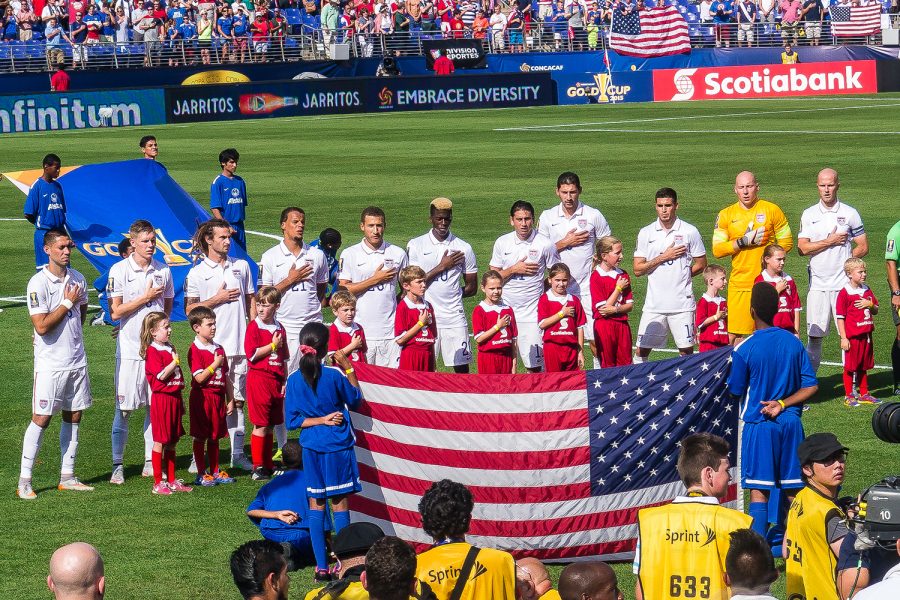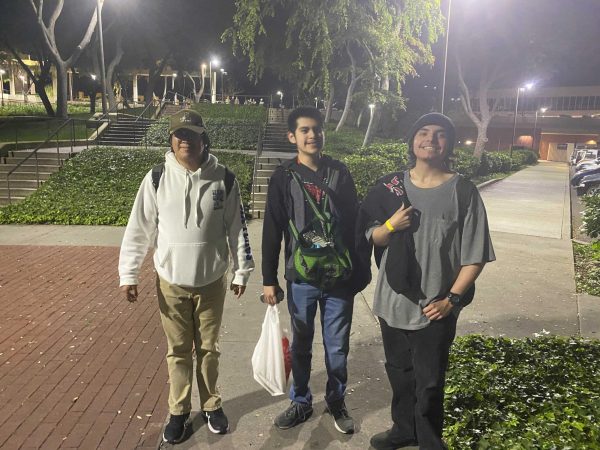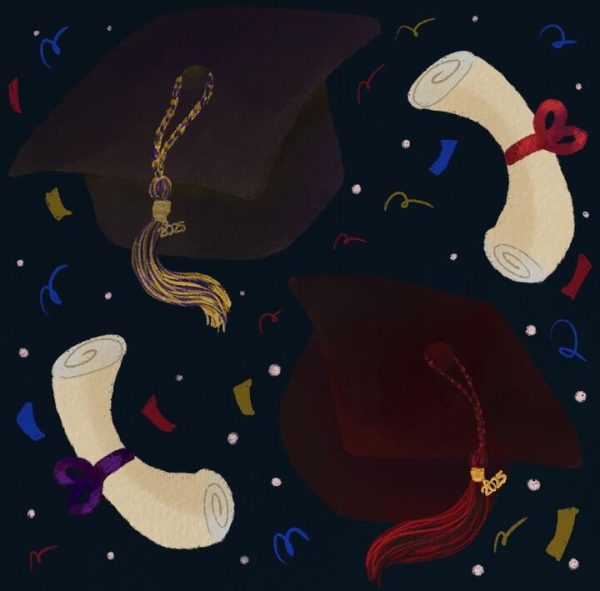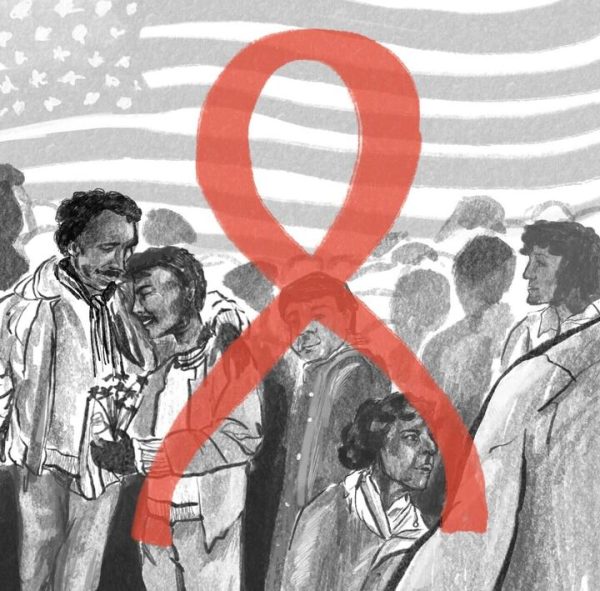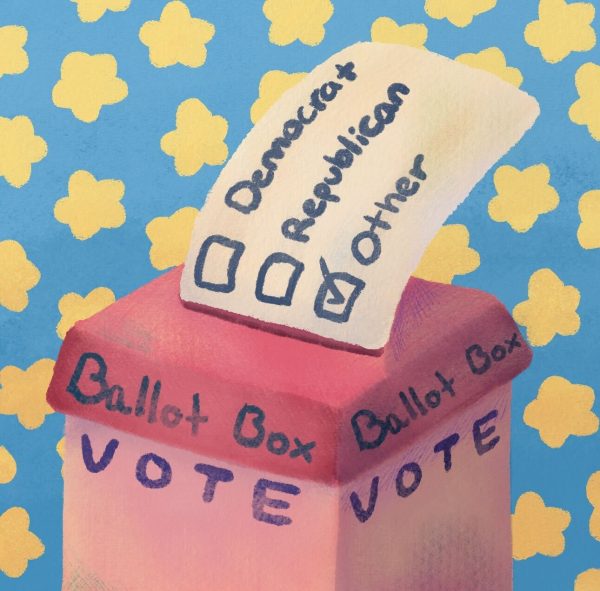OPINION: The lingering problems with US soccer
USMNT Gold Cup Baltimore on July 18, 2015. Photo courtesy of Mobilus In Mobili.
May 20, 2022
Since the tragic loss to Trinidad and Tobago, which kept the United States men’s national team out of the 2018 World Cup, the United States Soccer Federation has excelled on several fronts to get the team back on top. Even with those improvements, there are lingering problems that remain for the 2026 World Cup hosts.
The changes from 2017 onward had several components at play resolving three key issues: the lack of a youth player pool within the senior squad of the USMNT, the lack of talent abroad in Europe, and the lack of winning trophies, specifically over border rivals to the south — Mexico.
U.S. soccer is churning out talent like never before. There are talented youth playing in Europe’s top-five soccer leagues, such as Christian Pulisic, Weston McKennie, Giovanni Reyna, Sergino Dest, Timothy Weah and Yunus Musah. The U.S. outperformed their Confederation of North, Central America and Caribbean Association Football opponents, winning two trophies in three months last year.
The problem within the U.S. Soccer Federation
The U.S. Soccer Federation has notably been in the spotlight for their ongoing court battle with the women’s national soccer team, who argued that they weren’t being paid enough.
While those issues have been settled, as the women’s national team will be paid equally to the men, there lies ongoing concerns with the federation that many fans, supporters and USMNT content creators still want addressed.
We want to know why only one league, Major League Soccer, was given the spotlight far more than the other soccer leagues in the country. They want to see the youth play in their senior clubs rather than after the age of 20.
The fan base wants the federation to stop overlooking talent within the States and also with dual national talents. Content creators, who go out of their way to report on the USMNT, want the U.S. soccer media to ask tougher questions and stop being timid.
One of these issues stems from the lack of transparency within the federation. Critics wonder how the current USMNT head coach Gregg Berhalter got the job over current Leeds United head coach Jesse Marsch. The person in charge of the hiring process was none other than Berhalter’s brother — Jay Berhalter. There was only one other candidate, which was Oscar Pareja, but he was evidently overlooked.
Jay has since stepped down from his USSF position, but recently failed upwards, landing a position with Major League Soccer as an executive vice president of properties and emerging ventures.
The evident lack of spine from the federation has not gone unnoticed, especially with the American youth in the MLS.
American youth in MLS
The way players are developed in Europe, in clubs such as FC Barcelona, Borussia Dortmund, and Sporting Clube de Portugal, is far different from the United States. You have players such as Kylian Mbappe from France, Gavi from Spain and Jude Bellingham from England that all debuted at the ages of 16 and 17. They’ve become vital players to their respective clubs.
There seems to be no push from the USSF president Cindy Parlow Cone onto MLS president Donald Garber in giving youth playing time at the senior club level like Europe’s top-five leagues do.
On this map, you can see the amount of playing time youth got in the MLS last season.
A season-end update to how each birth year did in MLS this year. This data is inherently a bit noisy, especially with more young players being sold abroad, but it still gives a general idea of the strength of each birth year. pic.twitter.com/78qVCPsP68
— Jamie Hill (@_jameshill) December 12, 2021
In the 2021 MLS season, USMNT-based under-23 players tallied approximately 8.3% of total minutes. The number of minutes decreased compared to the 2020 season by 3.2%.
Some could say that many youth players have also been sold or loaned out to European clubs recently, such as Justin Che, whose club FC Dallas loaned him out to Bayern Munich. While it is a great feat to see for USMNT supporters alike, there seems to be no real drive to give the kids an opportunity to shine at a professional level, more so as they rank up through the academy system.
CSUN men’s soccer goalkeeper Cooper Wenzel, who is a USMNT supporter and is majoring in business marketing, said the focus for U.S. soccer should be on the young American talent coming in from the MLS academies.
Wenzel also said it is better to see young talent playing abroad and coming back to represent the United States.
“It’s time to switch the way we think about soccer here,” Wenzel said. “I think if we can get MLS full of 20- to 21-year-olds then I think that would boost our national team to keep with the highest levels — with England, Belgium and France.”
The United Soccer League
In the USL — the de facto second-division league in the U.S. — there are a lot of talented players waiting to make their name on the bigger stage. Whether it be the MLS or Europe, these players hope that their skills with the ball will one day pay off.
CSUN men’s soccer midfielder Oscar Cardenas, who is majoring in communications studies, says that he is thankful for the opportunity his former club Sacramento Republic Football Club gave him before he became a Matador.
Cardenas played for the USL club from California for about four years as a youth player (U14s to the U19s). It was at the Sacramento Republic where he was able to begin to mature as a person and as a soccer player.
“That’s the club that’s really shaped me, in a way, to the player I am and the person who is disciplined today. They set characteristics and other things I would say that I would never have thought to get from soccer,” Cardenas said. “I never really wanted to go to college, but they always made sure that window was open — just in case.”
A lot of these players have worked hard in order to succeed in their careers. So why is it that the USSF pays hardly any attention to support the growth of this league? Their money’s on MLS.
There is hidden talent in the USL that is being ignored by the USSF and that is local talent, who are considered to be dual nationals.
With the boiling pot that the United States is now, it is no wonder why other countries like Mexico are seeing this as an opportunity up for grabs.
ESPN’s Cesar Hernandez wrote an article describing how Mexico is pushing for Mexican American talent.
“Whether it be in MLS, the USL Championship, the upcoming MLS Next Pro, or a local pick-up league, there is an ocean of talent that can still be found. And for those who are looked over, these are the exact kind of players that the USL Championship can discover and utilize,” Hernandez wrote.
A lot of these talents are being found in the USL, which describes the issue that USSF is doing its part to support local talent, specifically those at a low socioeconomic level.
The battle for dual nationals
The dual national situation has always been an interesting topic due to how far the history stretches of dual nationalities representing the United States such as Carlos Bocanegra, Herculez Gomez and Omar Gonzalez.
Now we have a growing list of dual nationals waiting to be called up to the senior USMNT squad and awaiting to represent the USMNT.
The USSF may be recruiting here and there, but their decision to ignore dual nationals from Mexico and Central America is something that may come back to haunt them in the next World Cup cycle.
Players such as LA Galaxy homegrown-talent Julian Araujo and Real Salt Lake academy-product and goalkeeper David Ochoa were talents born in the United States that once aimed to be a part of the USMNT, but with a lack of support they opted for the Mexican Football Federation.
You also have former Toronto FC defender Eriq Zavaleta, who played in the U.S. youth system, before choosing and debuting for El Salvador in 2020.
Content creator Filipo Silva, who is the host of Tactical Manager TV on YouTube, is constantly churning out content related to the men’s national team.
In one of Silva’s YouTube videos he addressed that as talent grows in the United States, dual nationals will evidently side with their parents’ home country, or side with a country their heart heavily favors.
“Now what we can’t allow to happen is lose players that could be key to our roster,” Silva said. “But I think this trend will go on more often with smaller CONCACAF nations. I think that’s going to become very common as the years go by and as the United States develops more talent.”
The U.S. soccer media
The mainstream media in charge of reporting on the men’s national team is simply not doing enough. A perfect example is how mainstream media in the pre-/post-match press conferences feed Berhalter with one softball question after another.
An example of the public relation-style questions can be found in this Twitter thread by Seth Andrzejewski.
Here are all the press reporters who asked Gregg B. mostly softball questions in the Haiti postgame. We are USMNT fans who want greater accountability. Press should be doing this. We will do it respectfully. @11Yanks @ManagerTactical
— Seth Andrzejewski (@sethland) July 12, 2021
They have become professional maintenance organizations for Berhalter and the USSF.
Journalists should always opt to seek the truth, no matter if their news beat is sports. The Society of Professional Journalists states this matter.
One of the four principles in SPJ’s code of ethics says, “Ethical journalism should be accurate and fair. Journalists should be honest and courageous in gathering, reporting and interpreting information.”
Possible solutions
The solution to USSF’s lack of transparency is simple: show the USMNT supporters how your operation works, and who you’re planning to hire, and actually talk to the fan base in addressing any problems that may arise.
USSF has to accommodate dual national talents because they are vital to USMNT’s success in CONCACAF and against top European international teams. Get these talented players to represent the red, white and blue, as we have with Musah and Dest.
To quote Taylor Twellman, I say to the U.S. soccer mainstream media: “What are we doing?!” Be journalists and stop with the PR questioning.
